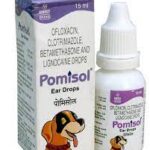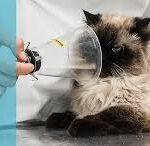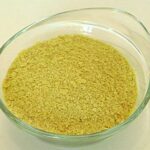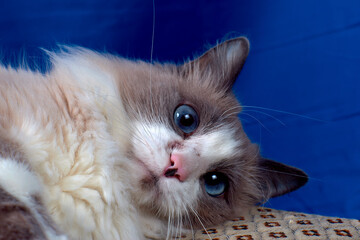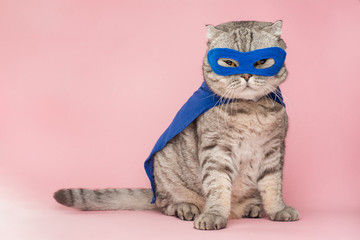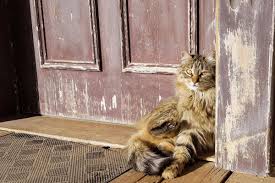Introduction
Have you ever been startled by your feline friend producing pink foamy cat vomit? Witnessing your cat vomit can be concerning, especially when the vomit appears pink and foamy. In this comprehensive guide, we’ll delve into the reasons why cats vomit pink foam, what it could indicate about your cat’s health, and how to address this issue effectively. From potential causes to treatment options and preventive measures, we’ll cover it all to help you better understand and care for your beloved pet.
Table of Contents
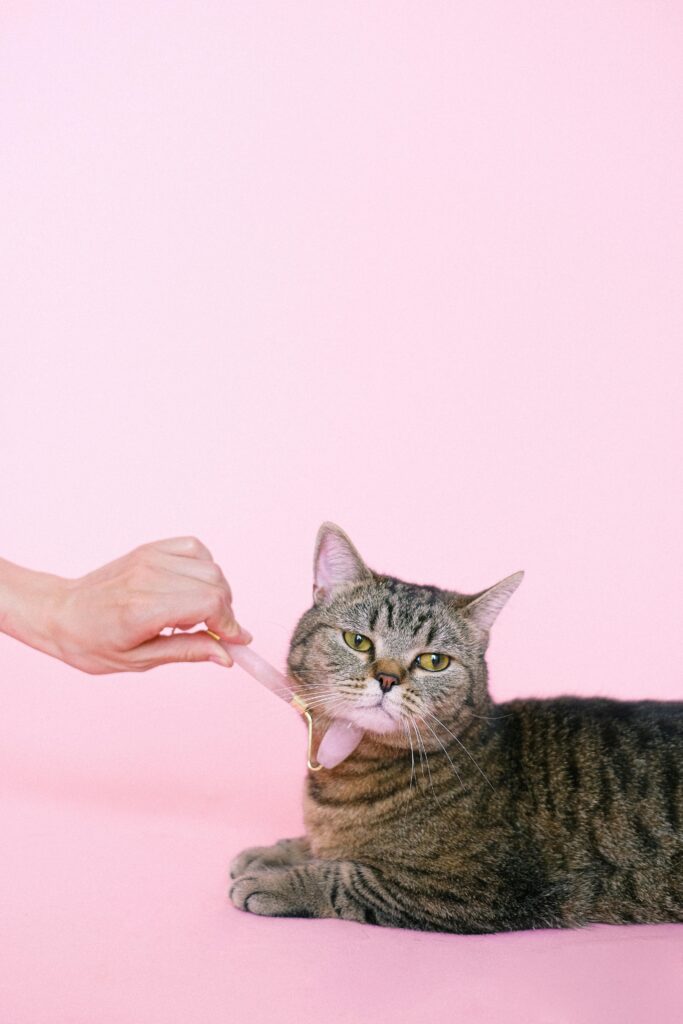
What is Pink Foamy Cat Vomit?
Before we explore the possible causes and treatments for pink foamy cat vomit, let’s first understand what it is. Pink foamy cat vomit refers to vomit that has a pinkish hue and a frothy or foamy consistency. While it may seem alarming, it’s essential to investigate the underlying cause to determine the best course of action for your cat’s well-being.
Causes of Pink Foamy Cat Vomit
There are several potential reasons why a cat may vomit pink foam. Understanding these causes can help you identify the underlying issue and address it effectively:
1. Hairballs
One common cause of pink foamy cat vomit is the presence of hairballs. Cats groom themselves regularly by licking their fur, which can lead to the ingestion of loose hair. When hair accumulates in the stomach, it can form into a hairball, causing irritation and triggering vomiting.
2. Gastritis
Understanding Pink Foamy Cat Vomit: Causes, Treatment, and Prevention
Gastritis, or inflammation of the stomach lining, can also result in pink foamy cat vomit. This inflammation can be caused by various factors, including dietary indiscretion, infections, or underlying medical conditions.
3. Dietary Issues
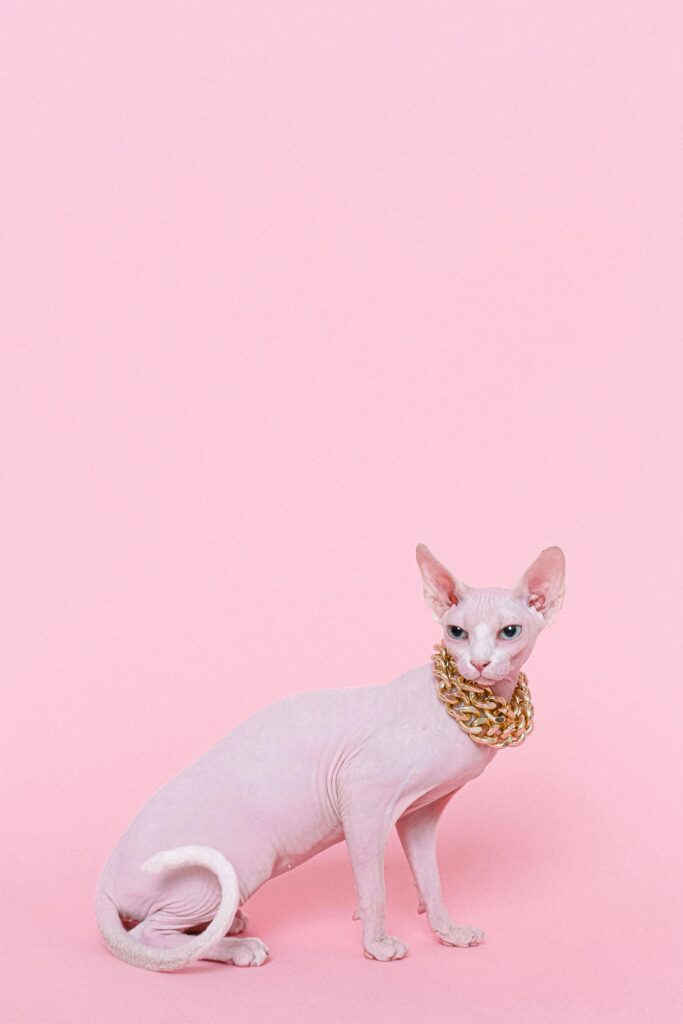
Certain dietary factors, such as consuming spoiled food or eating too quickly, can lead to digestive upset and vomiting in cats. Additionally, food allergies or intolerances may contribute to gastrointestinal issues and pink foamy vomit.
4. Gastrointestinal Obstruction Pink Foamy Cat Vomit
In some cases, pink foamy cat vomit may indicate a more serious problem, such as gastrointestinal obstruction. This occurs when a foreign object or material blocks the digestive tract, preventing the normal passage of food and causing vomiting.
Treatment and Prevention
Now that we’ve explored the potential causes of pink foamy cat vomit, let’s discuss how to address this issue and prevent it from recurring:
1. Provide Hairball Remedies
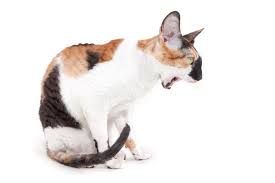
If hairballs are the culprit behind your cat’s pink foamy vomit, consider providing hairball remedies or lubricants to help facilitate the passage of hair through the digestive tract. These products can help reduce hairball formation and alleviate gastrointestinal discomfort.
2. Adjust Diet
Review your cat’s diet and ensure they are receiving a balanced and nutritious meal. Avoid feeding your cat foods that may trigger digestive upset, such as dairy products or foods high in fat. Introduce dietary changes gradually to prevent gastrointestinal disturbances.
3. Monitor Eating Habits
Encourage slower eating habits by using puzzle feeders or interactive toys that require your cat to work for their food. This can help prevent gulping and reduce the risk of vomiting due to rapid consumption.
4. Schedule Regular Vet Check-ups
Regular veterinary check-ups are essential for maintaining your cat’s overall health and detecting any underlying medical issues early on. Your veterinarian can conduct a thorough examination, perform diagnostic tests if necessary, and recommend appropriate treatment options.
Conclusion
In conclusion, pink foamy cat vomit can be a concerning symptom that warrants attention from pet owners. By understanding the potential causes and implementing preventive measures, you can help minimize the risk of vomiting in your cat and promote their overall well-being. If you’re unsure about the underlying cause of your cat’s pink foamy vomit or if the vomiting persists despite home care measures, don’t hesitate to consult your veterinarian for guidance and support. Your cat’s health and happiness are worth the effort to ensure they receive the care they need.


